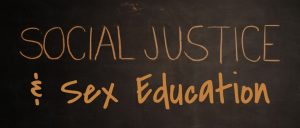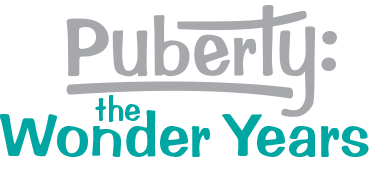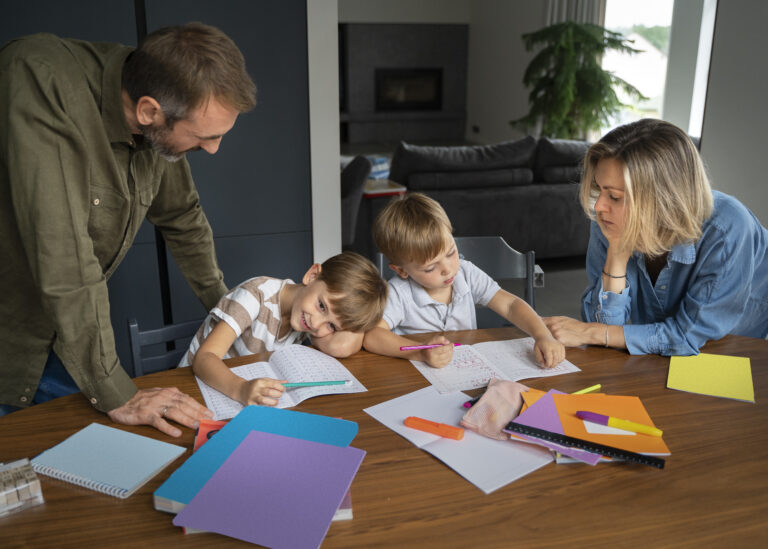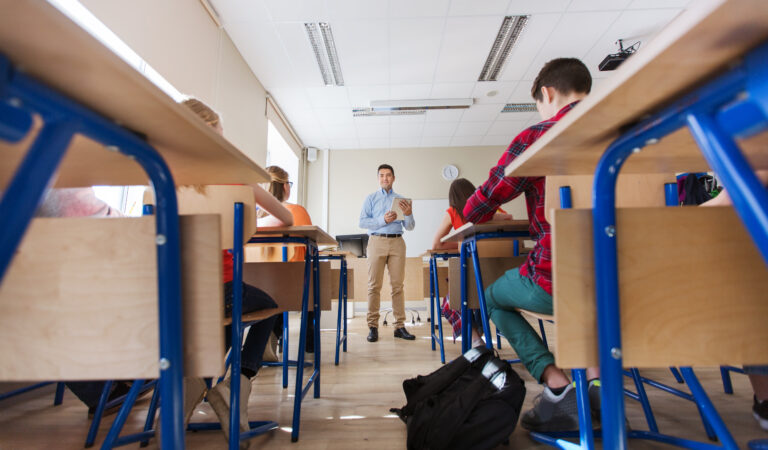Social Justice and Sex Education: Are They Related?
What is social justice anyway?
Merriam-Webster defines social justice as “a state or doctrine of egalitarianism.”[1] Wikipedia defines social justice as “a concept of fair and just relations between the individual and society. This is measured by the explicit and tacit terms for the distribution of wealth, opportunities for personal activity, and social privileges.”[2]
Social justice asserts that all people deserve and should have access to the same rights and resources, no matter who they are. The challenge is how to achieve that equity.
What causes social injustice?
Social justice issues can occur in relation to practically any aspect of society where inequality can arise as a result of unjust prejudices, or policies, or practices.
Inter-social inequities can arise due to prejudices people have based on another group’s characteristics, such as race, age, gender, gender identity, sexual orientation, religion, nationality, education, and ability.
Other inequities arise due to laws, regulations, policies, and practices that intentionally or unintentionally create conditions that limit or deny a group’s access to opportunities or resources that other groups have related to voting, policing, environment, education, labor, and health care.
What does social injustice look like?
To answer that, let’s look at a case study about a high school student named Bo:
Bo was kicked out of their family home when Bo was “outed” as gender non-conforming. The school had called Bo’s parents when Bo asked teachers to call him Bo instead of Bobby and use the pronouns “they, them, theirs.” In Bo’s household, that’s a “sinful choice.”
For a few weeks, couch-surfing provided safe places to sleep, but eventually, Bo was out on the street. Out of money, with no place to live, Bo started having “survival sex” in order to get food and shelter. When an older person offered Bo food and shelter, Bo was thrilled, but now that person makes Bo have sex to pay back what they owe. If Bo brings home enough money each night, they get to sleep in a bed; if not, Bo is beaten and tossed outside.
Bo dropped out of school in order to work harder for the person who now “owns” Bo. On the other hand, Bo doesn’t miss all the sexual harassment at school. Students often harassed Bo, calling them “gay.” Staff ignored the harassing behaviors; instead, they repeatedly sent Bo to detention for dress code violations.
Lately, Bo has been sick and injured from the daily beatings and nights spent outdoors. However, Bo doesn’t have health insurance or transportation and doesn’t know where to find a clinic for help. To make matters worse, the police have arrested Bo for solicitation. Bo is wondering if life is worth living.
Think about all the inequities in this example. Bo has been harassed and mistreated based on gender identity and perceived sexual orientation. The school rules penalized Bo instead of protecting them. Health care laws haven’t given Bo access to health care. Labor and policing laws that were designed to protect minors have failed to protect Bo from being trafficked. The initial inequities have cascaded into increasingly serious problems for Bo.
How can we use a social justice lens?
Achieving social justice will require systemic change. These four factors can help us view this situation through a social justice lens:
- Access ensures inclusion and participation in programs and opportunities, such as comprehensive sex education.
- Agency ensures that individuals know their rights and can use their voices and actions to improve conditions.
- Advocacy equips people with the skills to effect change individually or in a group.
- Solidarity action involves working with others to improve conditions for equity.
What does this have to do with sex education?
Comprehensive sex education provides students with developmentally and culturally appropriate, accurate information and skill development on the wide range of topics related to sexuality. But, how can comprehensive sex education increase social justice in a situation like this? Let’s apply the social justice lens to this case study.
- If all the students in Bo’s school had access to comprehensive sex education, including the topics of gender identity and sexual orientation, they would be less judgmental and more accepting of individuals who don’t conform to gender expectations and stereotypes.
- If Bo’s family members had access to information about all the variety and uniqueness of sexuality that occurs, they would have been prepared to be less frightened and more supportive of Bo.
- If students and staff received education on respectful relationships, they would develop the skills needed to treat others well and increase their agency in speaking up.
- If students and staff received education on sexual harassment and the school rules and federal laws were enforced, they could advocate for Bo to be supported in school.
- If Bo’s family members had access to information about all the variety and uniqueness of sexuality that occurs, they would have been prepared to be less frightened and more supportive of Bo.
- If community leaders, police, and lawmakers were educated about sexuality, they could work together in solidarity to create and enforce laws and practices that were supportive of all young people.
Can sex education be instrumental in promoting social justice? Absolutely! In fact, as Joy Robinson-Lynch says, and as I believe, “Quality sex education could bring about world peace.”
For more information, read:

- National Education Association Diversity Toolkit
- “Sex ed is a vehicle for social change. Full stop.” by Christine Soyong Harley
- Access to Comprehensive Sexuality Education (CSE) – Why & How?
- A Social Justice Lens: A Teaching Resource Guide
- Sexuality and Social Justice: A Toolkit
[1] https://www.merriam-webster.com/dictionary/social%20justice



